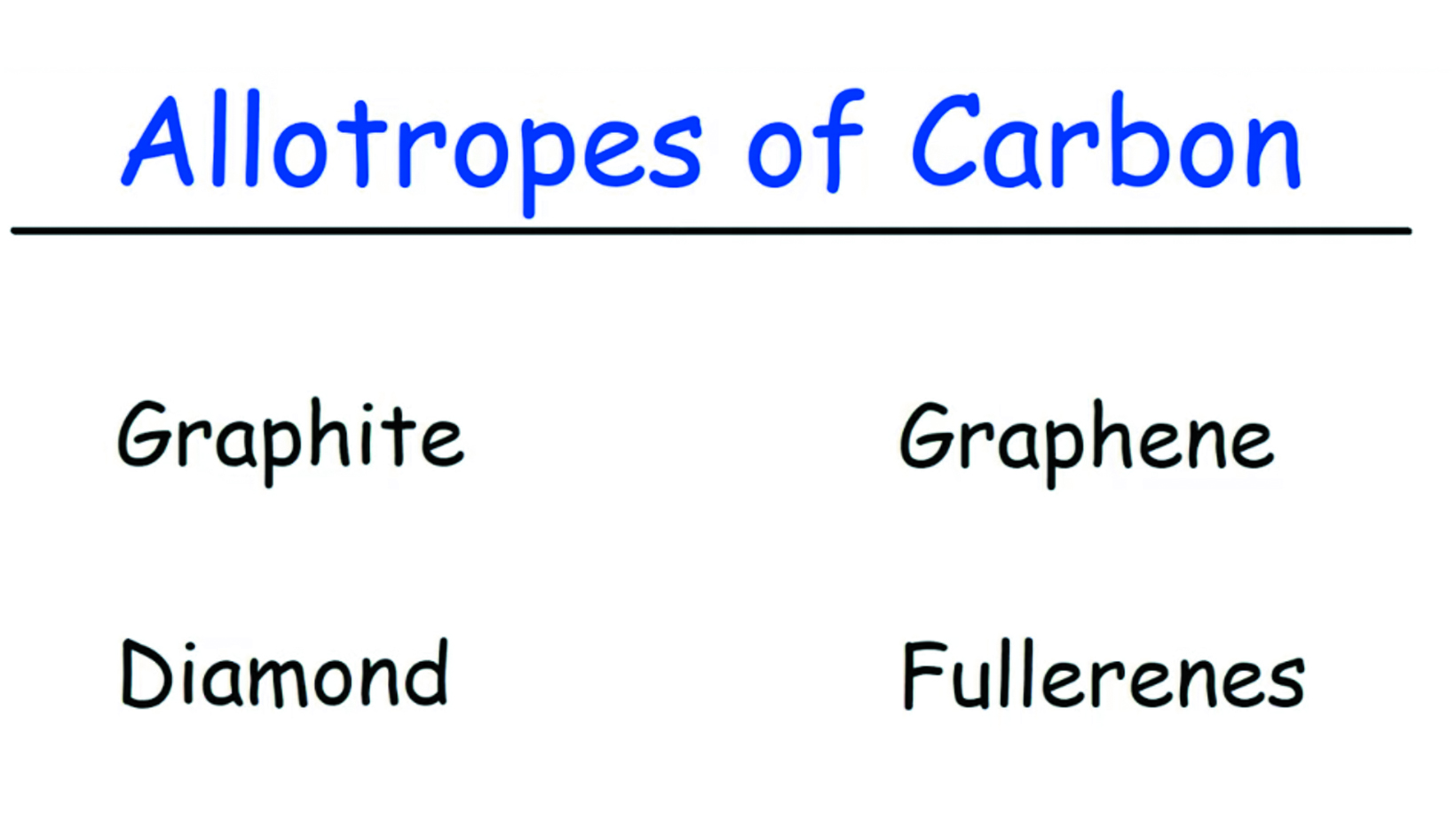Indeed, bacteria play several important roles in the carbon cycle, which is the biogeochemical cycle that describes the flow of carbon between the atmosphere, land, and oceans.
1. Decomposition: Firstly, bacteria are primary decomposers in ecosystems. They break down dead organic matter, such as plants and animals, releasing carbon dioxide (CO2) back into the atmosphere. This process is known as decomposition or decay. It plays a crucial role in returning carbon to the atmosphere and completing the carbon cycle.
2. Respiration: Secondly, bacteria respire, just like other living organisms, by converting organic compounds into carbon dioxide through metabolic processes. This respiration by bacteria contributes to the release of CO2 into the atmosphere.
3. Carbon fixation: Furthermore, some bacteria are capable of carbon fixation, a process by which they convert inorganic carbon dioxide into organic compounds. These bacteria, called autotrophic bacteria, use energy from sunlight or chemical reactions to convert carbon dioxide into sugars and other organic molecules. This process removes CO2 from the atmosphere and contributes to the carbon storage in living organisms.
4. Methanogenesis: Methanogenic bacteria play a significant role in the carbon cycle by producing the greenhouse gas methane (CH4) through the process of methanogenesis. These bacteria break down organic matter in oxygen-deprived environments, such as wetlands and the digestive systems of animals. Thus, releasing methane into the atmosphere. Methane is a potent greenhouse gas that contributes to global warming.
5. Carbon cycling in aquatic ecosystems: Lastly, in marine and freshwater ecosystems, bacteria play a critical role in carbon cycling. They are responsible for breaking down organic matter and the recycling of dissolved organic carbon, which helps maintain the balance of carbon in water bodies.
The Carbon Cycle Depends on Bacteria
In conclusion, bacteria are important drivers of carbon cycling, influencing the balance of carbon dioxide and methane in the atmosphere and the storage of carbon in ecosystems. Cornell University researchers studied the global impact of bacteria in the carbon cycle and the findings are fascinating. Read the Cornell University study, here.
Review our website to learn more and ask for Greensmiths products by name.




